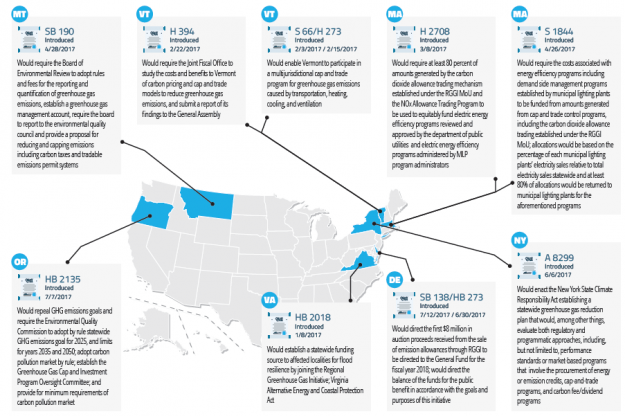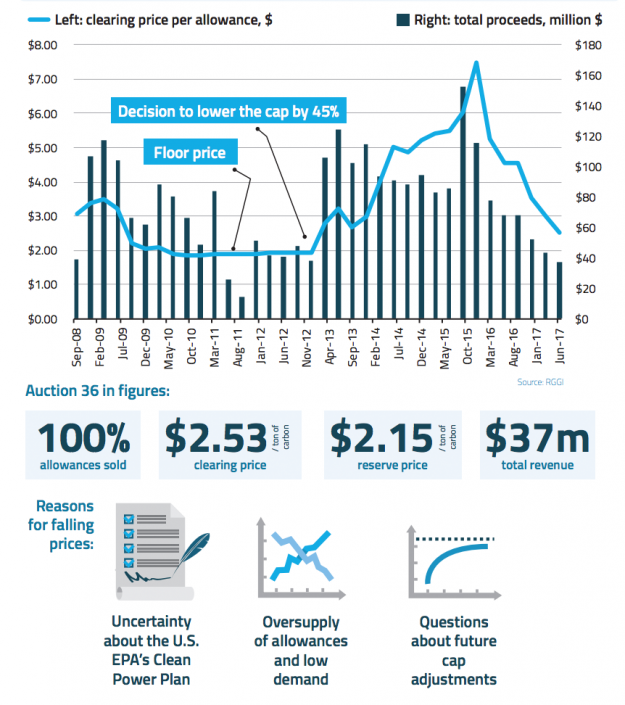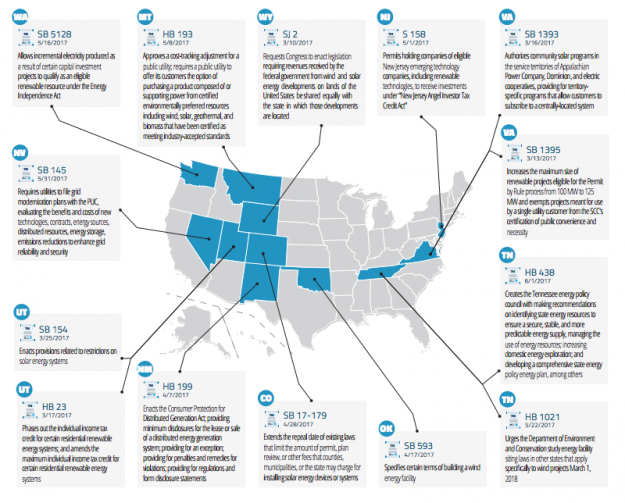California Legislature Approves Cap-and-Trade Extension until 2030 with Concessions
The California legislature has passed legislation extending the cap-and-trade program, the centerpiece of the state’s efforts against climate change. The extension aligns the program with the state’s 2030 emissions reduction targets. It cements California’s role as a leading state in climate policy nationwide at a time when federal climate policy remains uncertain.






